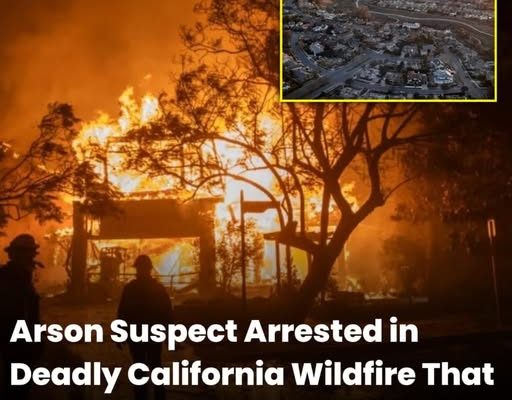
Authorities in Los Angeles have made a stunning breakthrough in one of California’s most devastating wildfires this year, announcing the arrest of an arson suspect linked to the January 7, 2025, Palisades Fire. The massive blaze tore through the Pacific Palisades neighborhood, destroying thousands of homes, displacing families, and scorching more than 23,000 acres of hillside terrain overlooking the California coast. It was one of the state’s deadliest wildfires on record, ranking ninth in California history and leaving a deep scar on one of the nation’s most affluent communities.
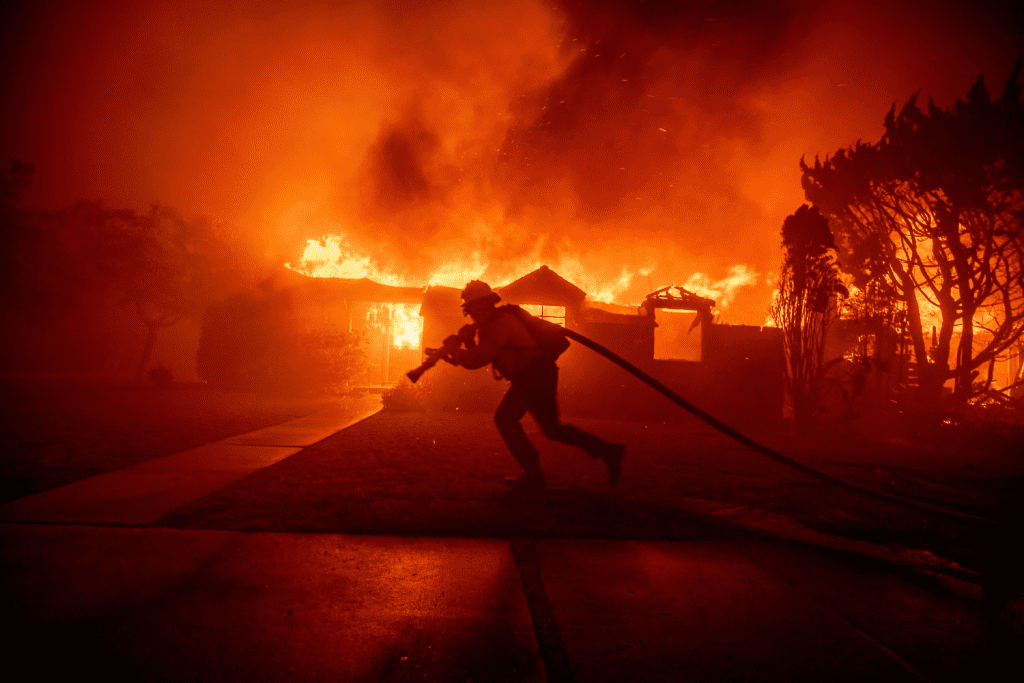
The Los Angeles Fire Department confirmed late Tuesday that after months of investigation, a coordinated task force involving local police, federal agents, and fire investigators had identified and detained a suspect believed to have intentionally ignited the inferno. The arrest follows an intensive probe that examined everything from weather patterns to electrical grids before ultimately zeroing in on human involvement. Officials have not yet released the suspect’s identity but say evidence strongly links them to multiple ignition points discovered in the fire’s early hours.
Images from the night of the fire remain etched in public memory — walls of orange flames rising into the sky, firefighters silhouetted against a burning horizon, and families rushing from multimillion-dollar homes as winds carried embers down canyons and into neighborhoods. Aerial photos taken after the flames subsided showed the grim aftermath: entire streets reduced to ash, coastal hillsides stripped bare, and rows of homes leveled in one of the most picturesque parts of Los Angeles.
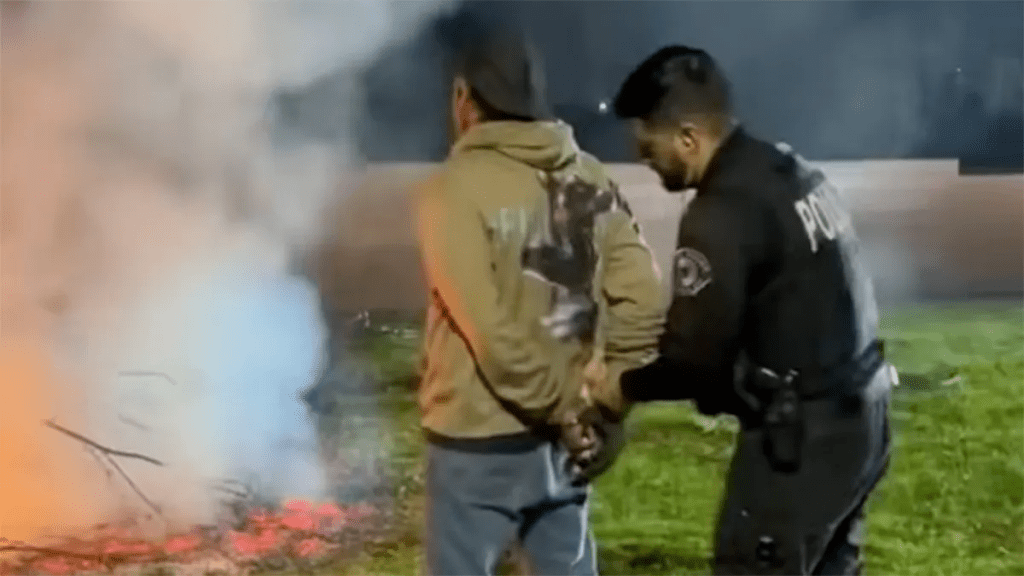
For months, the Palisades Fire was the subject of speculation and heated public debate. Initial reports suggested wind or fireworks might have sparked the blaze, while others insisted it bore signs of deliberate ignition. Online, frustration mounted as the fire’s toll became clear — 147 lives lost, more than 2,000 structures destroyed, and an estimated $8 billion in damages. The announcement of an arson arrest has now reignited long-running arguments about California’s wildfire crisis, with many questioning how such intentional acts can continue despite years of investment in prevention and early detection systems.
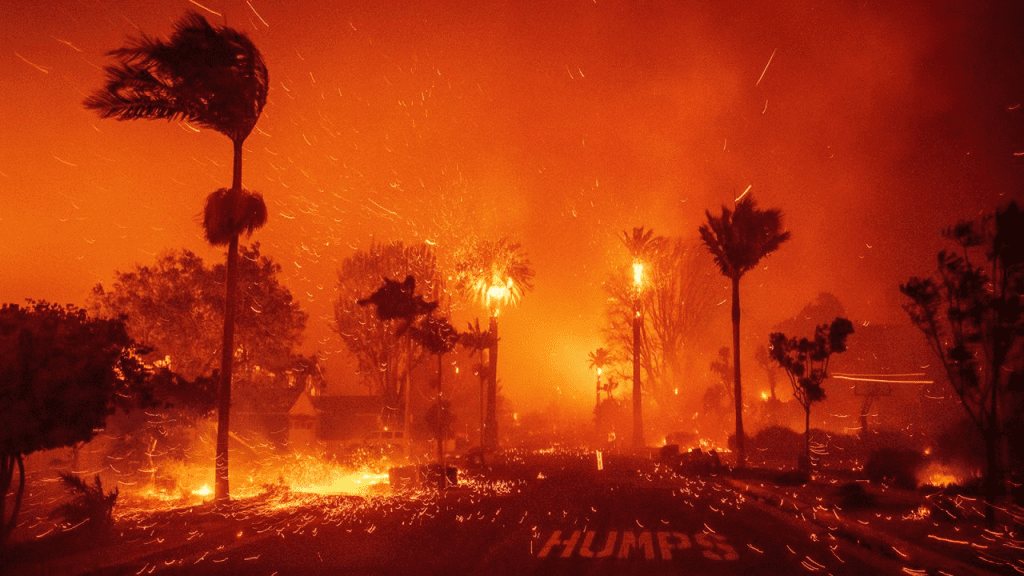
The arrest also underscored the challenges investigators face in determining the cause of wildfires in a state increasingly vulnerable to catastrophic blazes. According to Cal Fire, roughly one in five major wildfires over the past five years have shown signs of human involvement — whether accidental or intentional. Yet proving arson is notoriously difficult, often requiring months of evidence collection and forensic analysis in terrain where clues can be erased within hours by wind, heat, and debris.
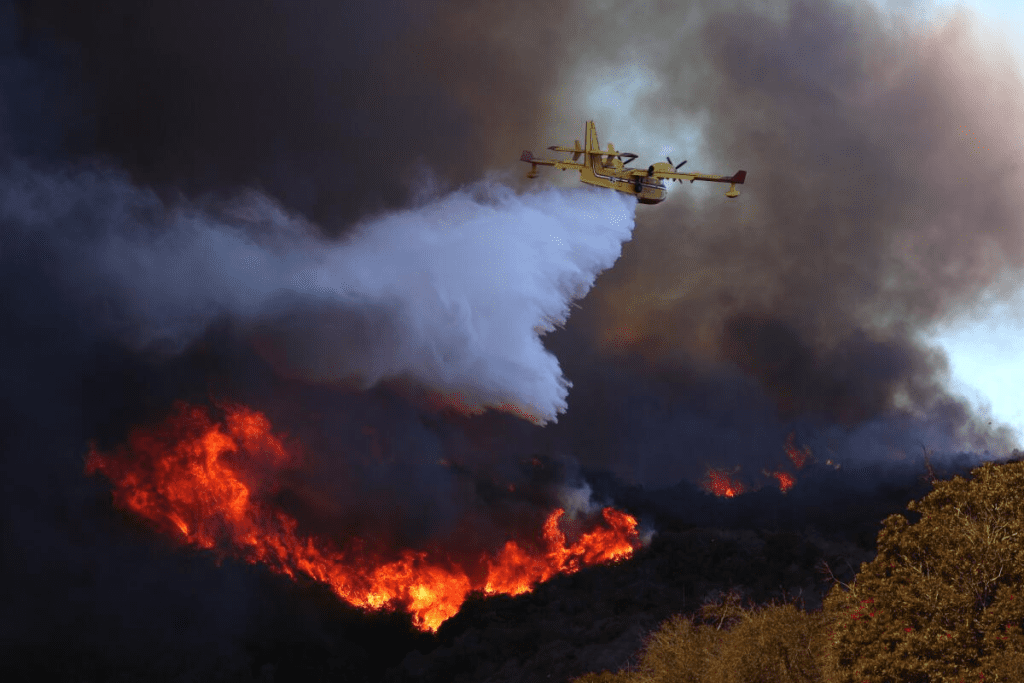
In the case of the Palisades Fire, investigators reportedly traced ignition patterns inconsistent with natural causes. Federal agents from the Bureau of Alcohol, Tobacco, Firearms and Explosives (ATF) joined the investigation in February, focusing on multiple ignition points along a narrow canyon road that firefighters initially described as “suspicious.” Sources close to the inquiry told reporters that surveillance footage and physical residue found near one of the origin sites helped lead authorities to the suspect now in custody.
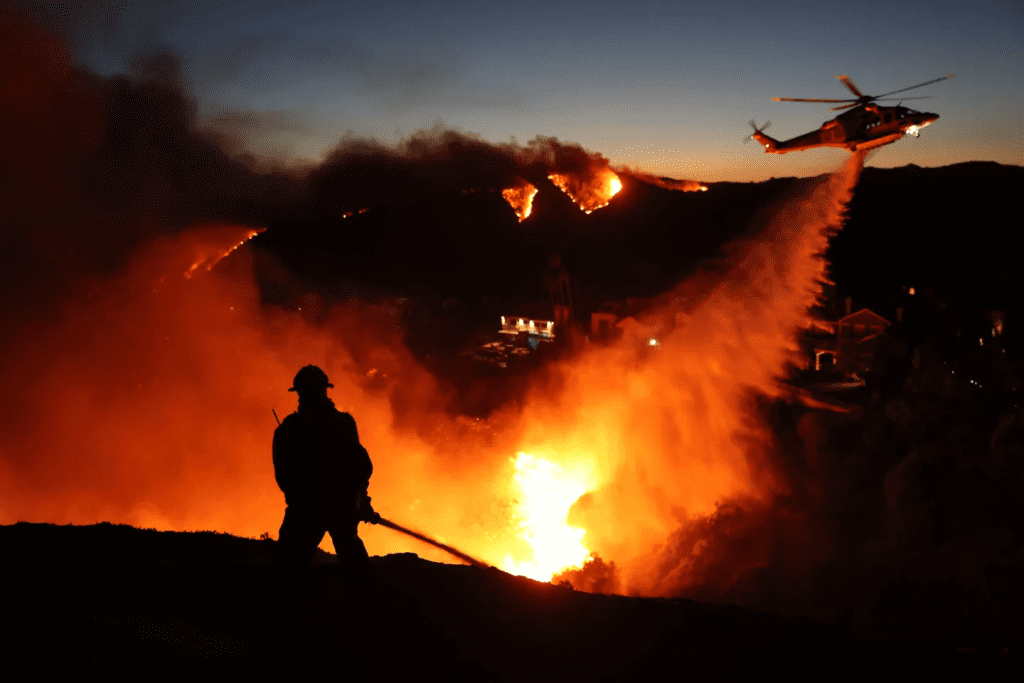
The development has fueled a wave of reaction online, especially from residents and commentators who had questioned earlier attributions of the fire to climate change. Many voices across social media responded to the arrest with a mix of relief and anger — relief that answers had finally arrived, and anger that an alleged act of deliberate destruction could claim so many lives. “Knew it,” one viral post read, echoing the frustration of those who believed human hands, not weather, were to blame.
For survivors still rebuilding, the arrest brings a measure of closure but also a painful reminder of all that was lost. Entire families were uprooted, schools and small businesses destroyed, and a once-thriving community now faces years of recovery. City officials have pledged renewed focus on arson prevention, tougher penalties for offenders, and expanded early-warning systems. “This was not nature’s doing,” one firefighter said quietly at a press briefing. “Someone made this happen. And now, finally, we’re finding out who.”
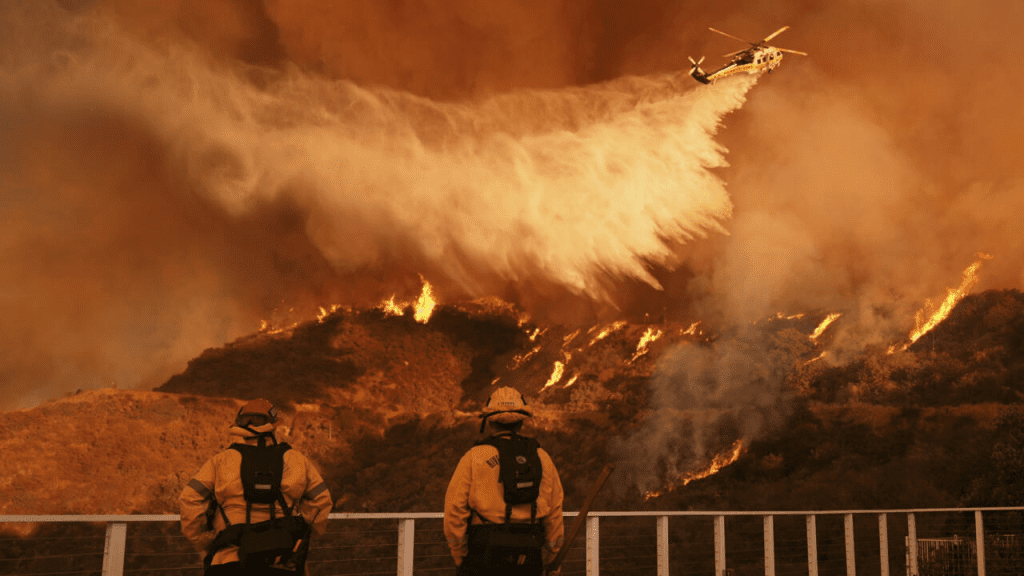
As California braces for another dangerous fire season, the Palisades case serves as a sobering warning of how easily devastation can strike — and how, sometimes, the spark comes not from nature’s fury but from human recklessness.
